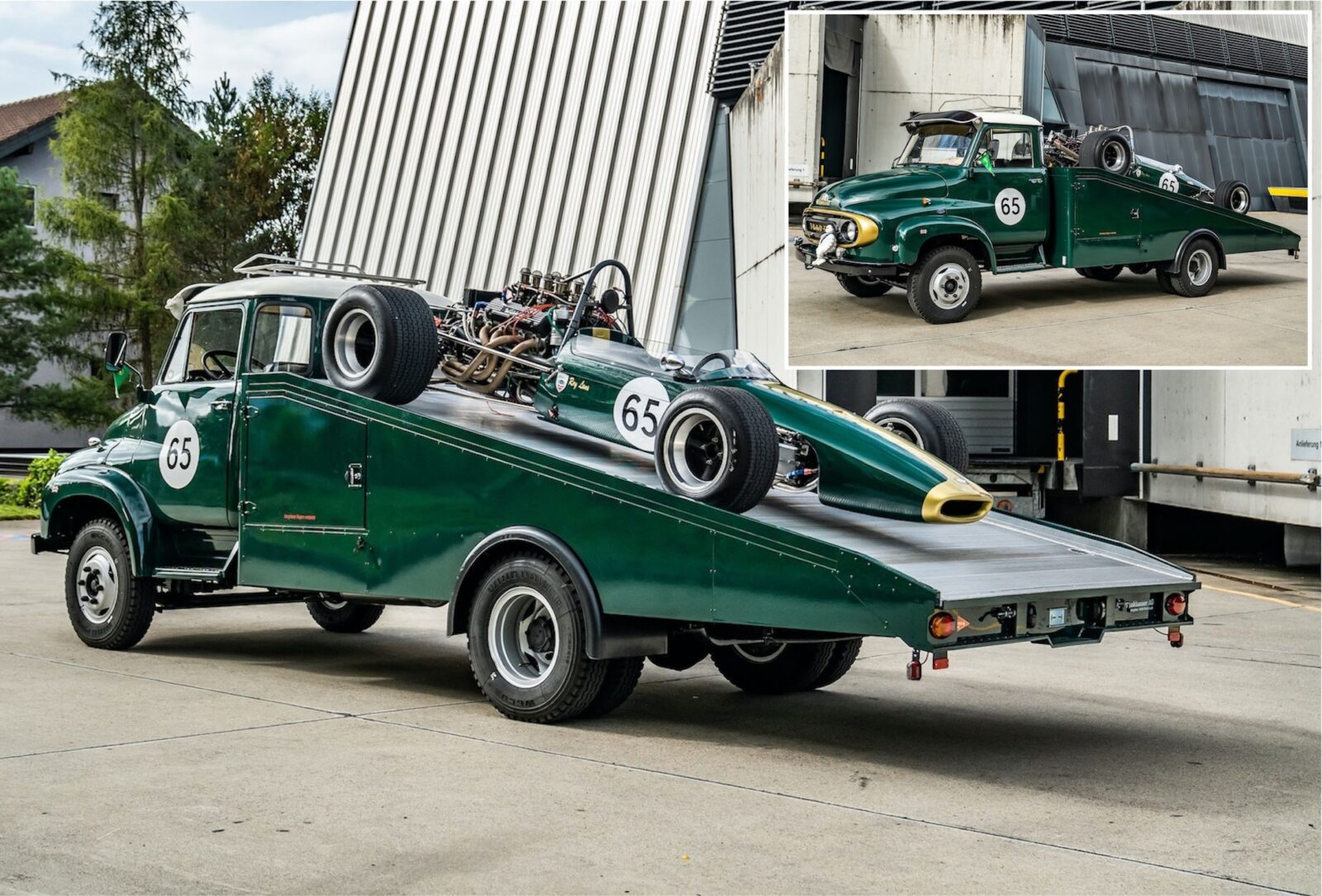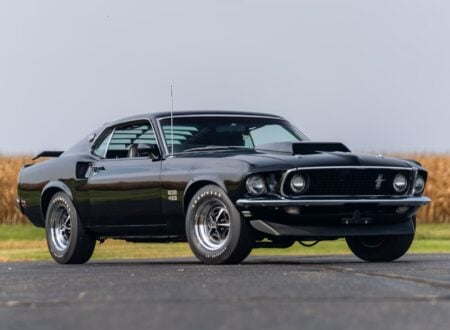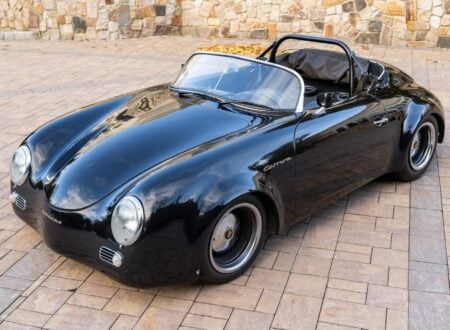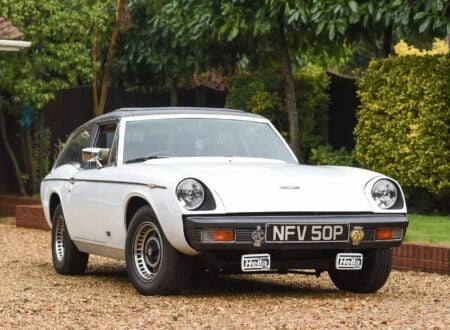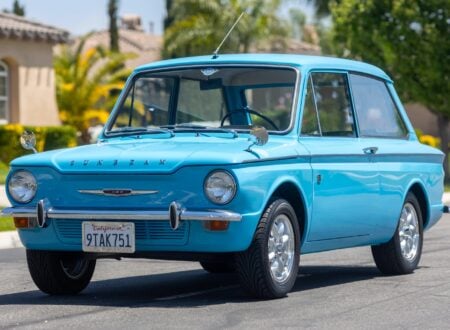This period-correct pairing of a 1965 Brabham BT14/21 and a Ford Thames Trader Transporter are now being offered for sale as a package out of Thun, Switzerland.
The car is a proven race winner, having competed extensively in the 1960s and into the 1970s including wins at Silverstone and Dyrham Park with drivers including Rodney Bloor, Bryan Eccles, Roy Lane, Jimmy Johnstone, and Malcolm Dungworth.
Fast Facts – A Brabham BT14/21 + Matching Trailer
- Brabham was founded by two Australians: driver Jack Brabham and engineer Ron Tauranac in the early 1960s. Jack Brabham had already achieved success in Formula 1 racing, having won the championship in 1959 and 1960 driving for the Cooper team.
- Brabham cars began competing in Formula 1 in 1962. The team achieved its first victory in 1964 with Dan Gurney at the wheel. This was just the start of Brabham’s success in the sport.
- In 1966, Jack Brabham made history by becoming the first (and to this day, the only) driver to win the Formula 1 World Championship in a car of his own construction. The car, the Brabham BT19, was powered by a Repco engine.
- The car you see here is a Brabham BT14/21, it’s powered by a 3.9 liter Buick V8 producing 430 bhp which is sent to the rear wheels via a Hewland FG400 transaxle. It comes with its own matching Ford Thames Trader Transporter and it’s being offered for sale out of Thun, Switzerland.
The Origins Of Brabham
Brabham, officially known as Motor Racing Developments Ltd, was one of the most historically significant Formula 1 constructors of its time. To this day, Jack Brabham remains the first and only driver to win the Formula 1 World Championship in a car of his own construction. A feat unlikely to be equalled.
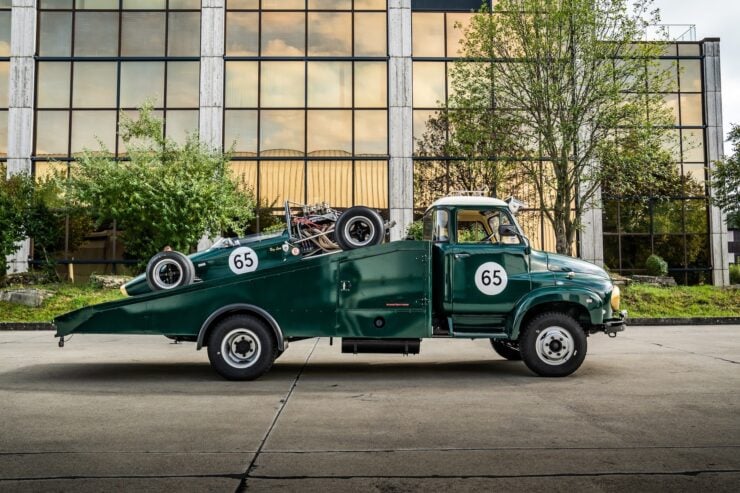

Brabham was founded by Jack Brabham and British-Australian designer Ron Tauranac in 1960. Jack Brabham had won the Formula 1 World Championship a year earlier in 1959 for Cooper, he then went and won the Championship again for Cooper in 1960 just to prove it was no fluke.
The first Brabham F1 car, the Brabham BT3, made its debut in 1962 at the German Grand Prix. By 1963, with American driver Dan Gurney at the wheel, Brabham took their first win at the Solitude Grand Prix. In 1964 the team would win the French and Mexican Grand Prix, then in 1965 the team suffered a spate of reliability issues that kept them from the top step of the podium.
In 1966 that would all change, the FIA changed the engine size limit to 3.0 liters and Brabham would use the 3.0 liter aluminum Repco V8, an engine that was loosely based on the Buick 215 V8 that would later become the Rover V8.
This Repco V8 was developed with significant input from legendary Vincent Motorcycles engineer (and fellow Australian) Phil Irving.
Given the rapid nature of the engine’s development and the fact that it was based on a simple production engine few believed that the team would pose a major threat. As it played out, Brabham was a major competitor right from the first race, the cars proved quick and relatively reliable, winning four races and the Championship for that year.
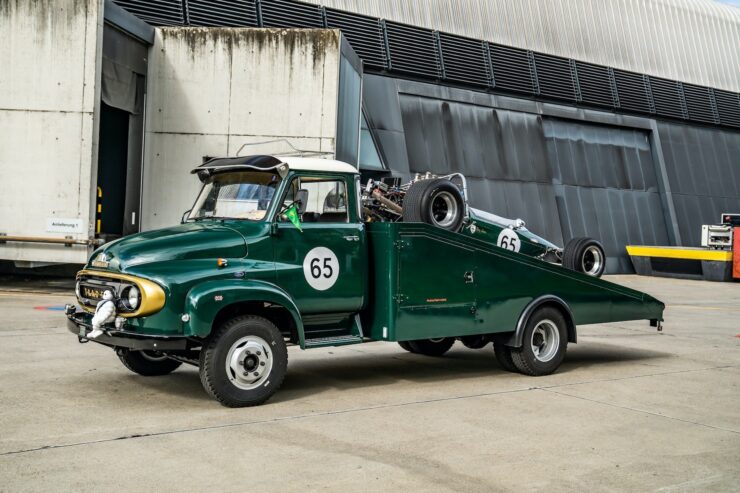

At the 1960s progressed Brabham would become the largest manufacturer of open-wheel racing cars for sale to customer teams in the world. They built race winning cars for Formula 2 and Formula 3, as well as for the Indianapolis 500 and Formula F5000 racing.
Later in the team’s history they would debut a number of innovations including in-race refuelling, carbon brakes, and hydropneumatic suspension. One off the most famous Formula 1 cars of all time would also carry the Brabham name – the Brabham BT46B otherwise known as the “Fan Car” designed by Gordon Murray.
The team would ultimately cease operating in 1992, most thought this was the end but in September of 2014, David Brabham, the son of Brabham founder Sir Jack Brabham shocked the world by reviving the marque and debuting the highly-regarded Brabham BT62 supercar.
The Brabham BT14/21 Shown Here
The Brabham BT14/21 you see here has been modified over its lifetime, as was frequently the case for race cars from this era. It started out with a Ford 1.6 liter Twin Cam engine which was later swapped for a vastly more powerful 4.5 liter Traco Oldsmobile V8. It was then fitted with a supercharged 1.6 liter Ford Twin Cam, then a 3.5 liter Buick V8 a year later – all of these changes happened between 1965 and 1968.
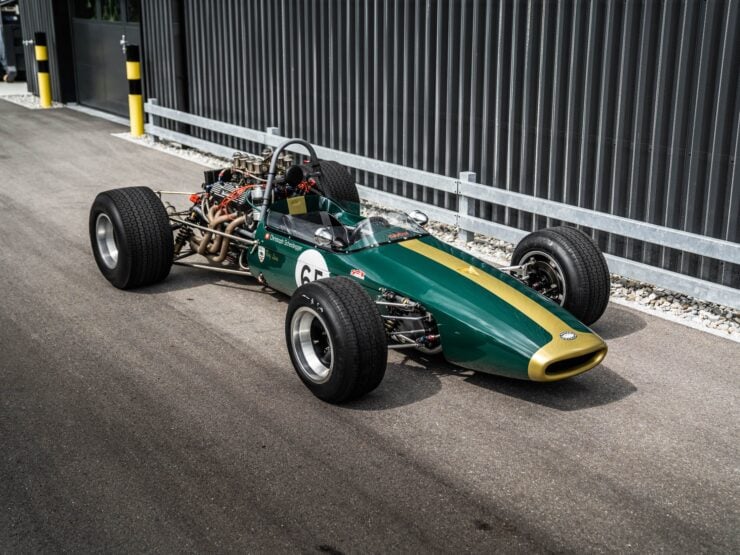

In the year 2000 the car was restored by Hansford Engineering, the rear of the chassis was slightly modified to accommodate a 430 bhp 3.9 liter Buick V8 and a Hewland FG400 transaxle. Since this time the car has mostly been used for historic circuit racing.
The car was then restored again in 2020-2021, and it’s said to be ready to compete again at the highest level of vintage open-wheel motorsport.
The Ford Thames Trader Transporter
The race car transporter that comes with this Brabham is a modified Ford Thames Trader, this was a line of commercial trucks offered by Ford UK between 1957 and 1965.
These trucks featured a unique cab and a semi-forward control design, they were offered in versions that could cover weigh ranges from two to seven tons, and they could be ordered with either petrol or diesel engines.
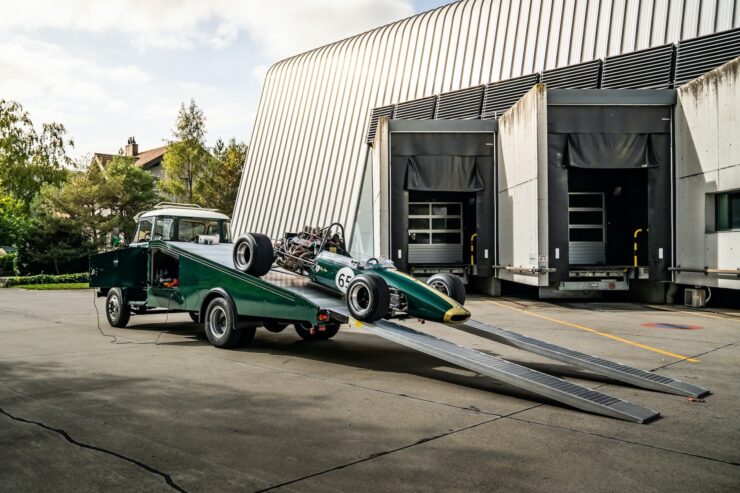

The truck you see here is a 1962 Thames Trade Transporter with the rear modified to carry the Brabham, including twin detachable ramps, and an electric winch and cable spool at the top to roll the car on and off.
Both of these vehicles are being sold as a pair out of Thun, Switzerland on the Collecting Cars platform. If you’d like to read more about them or register to bid you can visit the listing here.
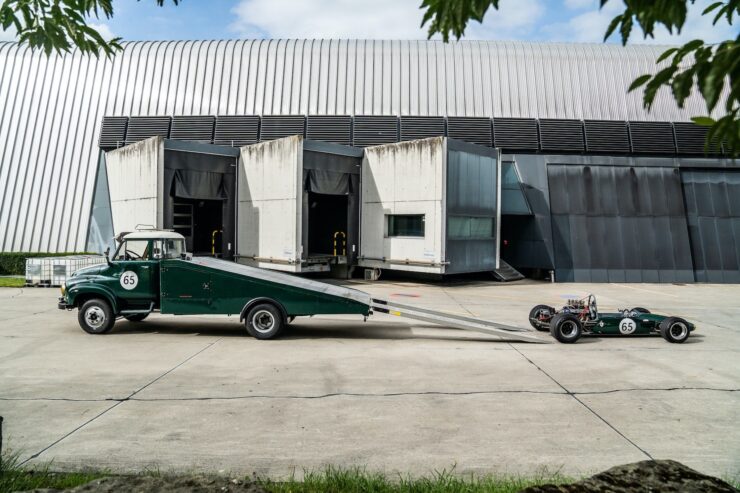
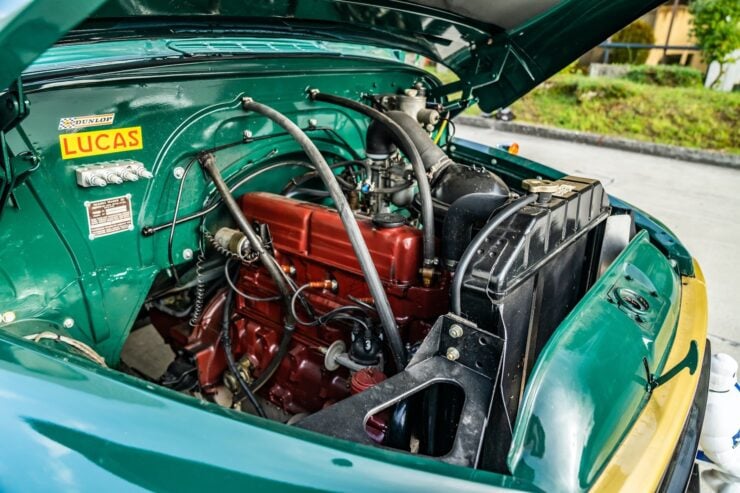
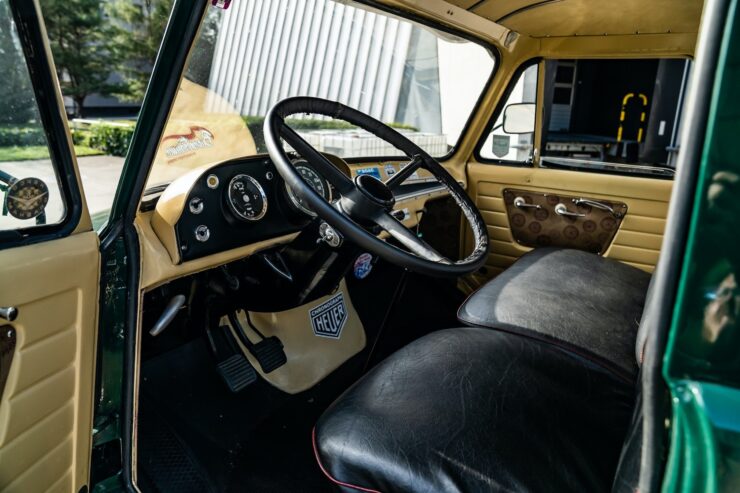

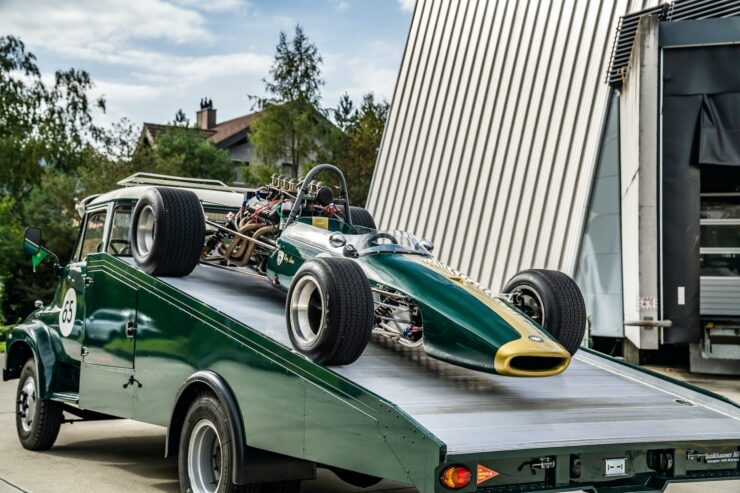
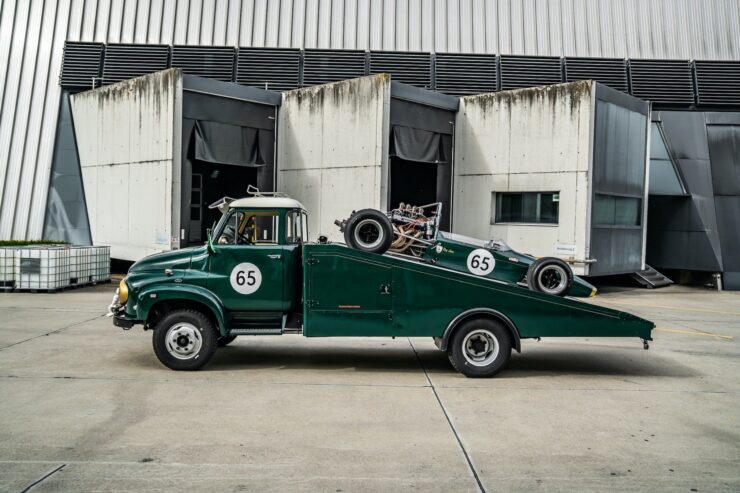
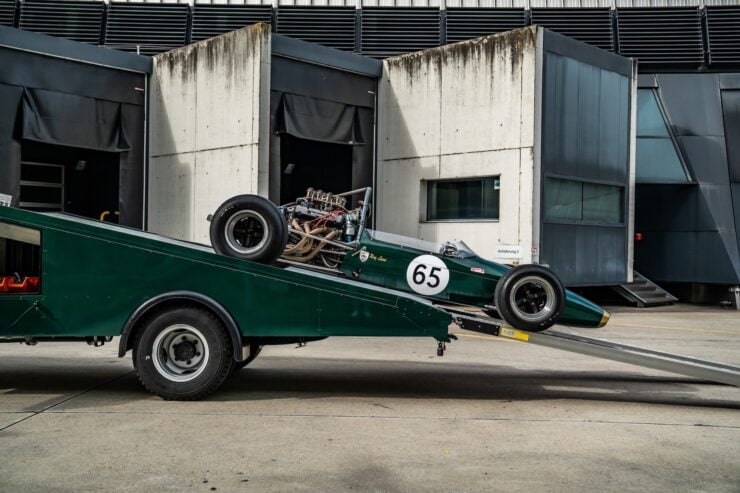
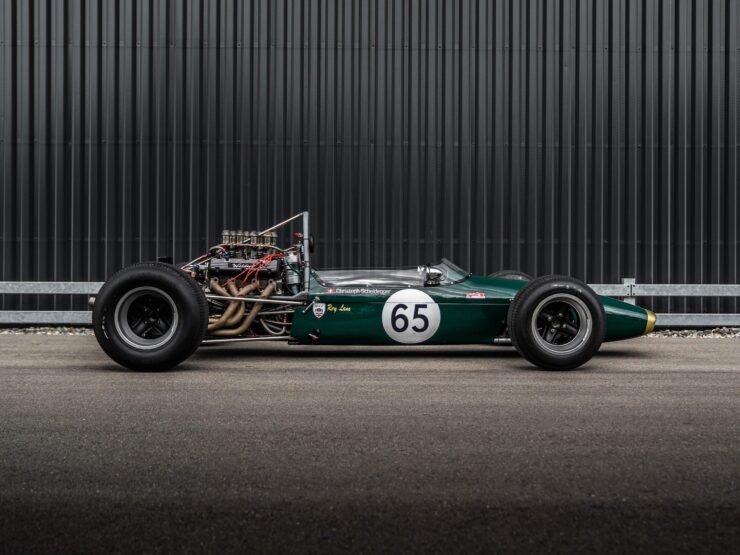
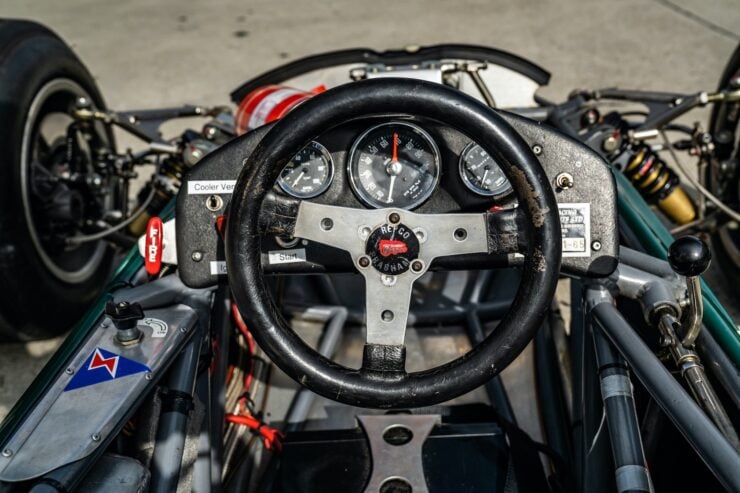
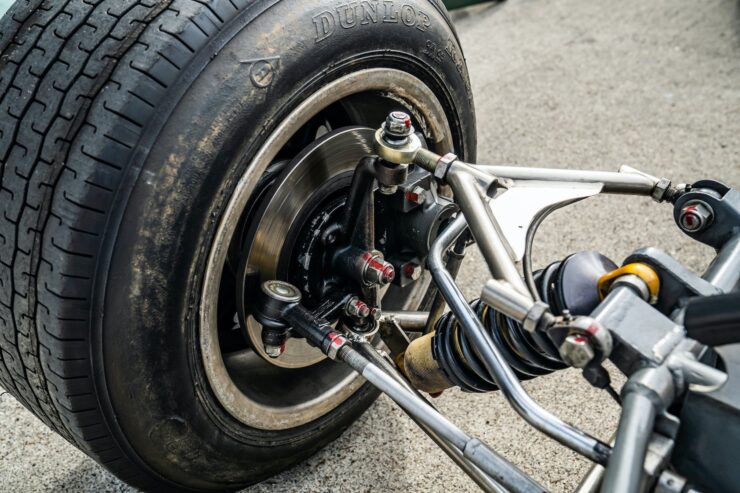

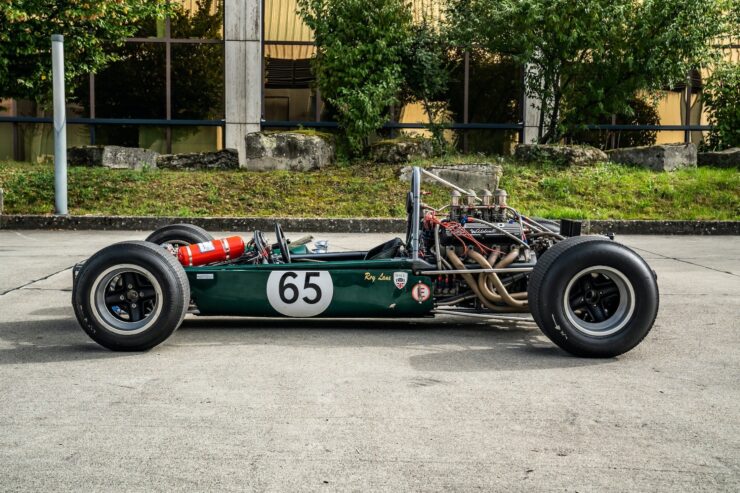
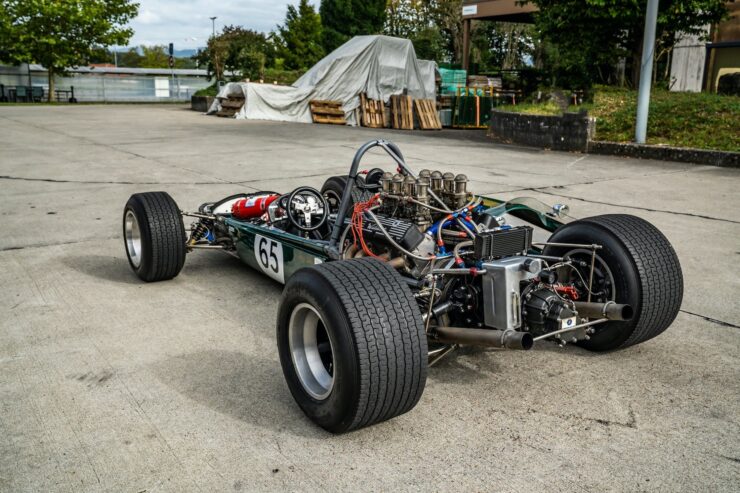
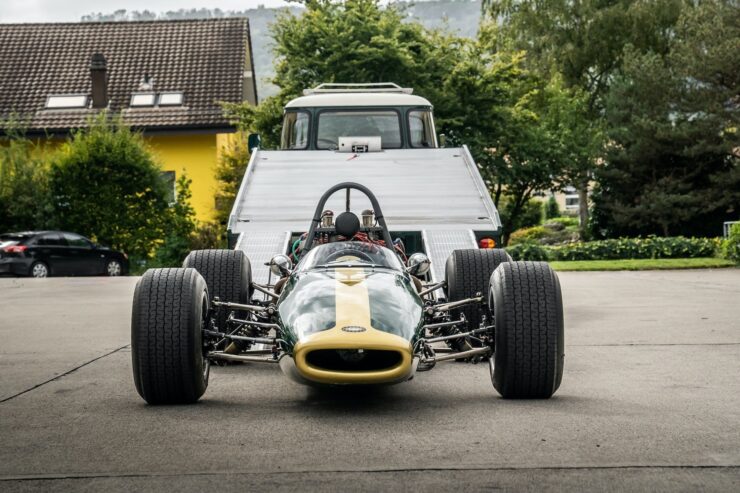
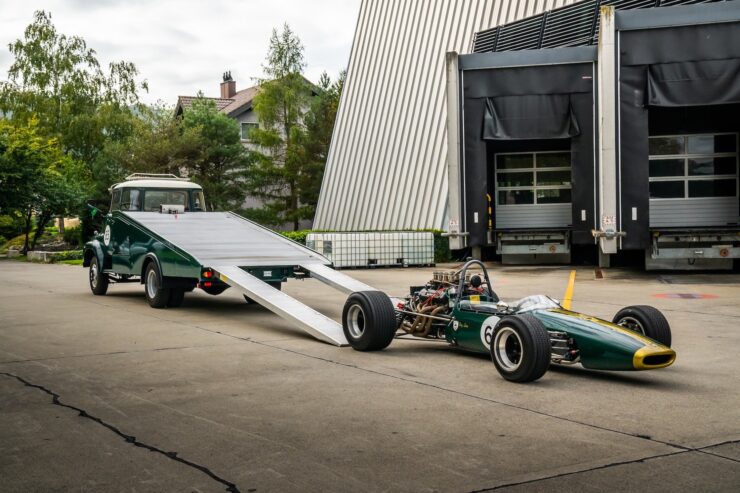
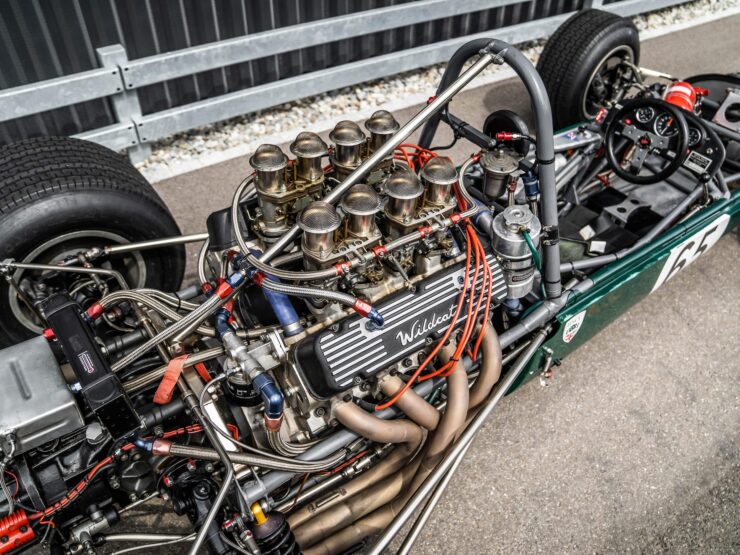
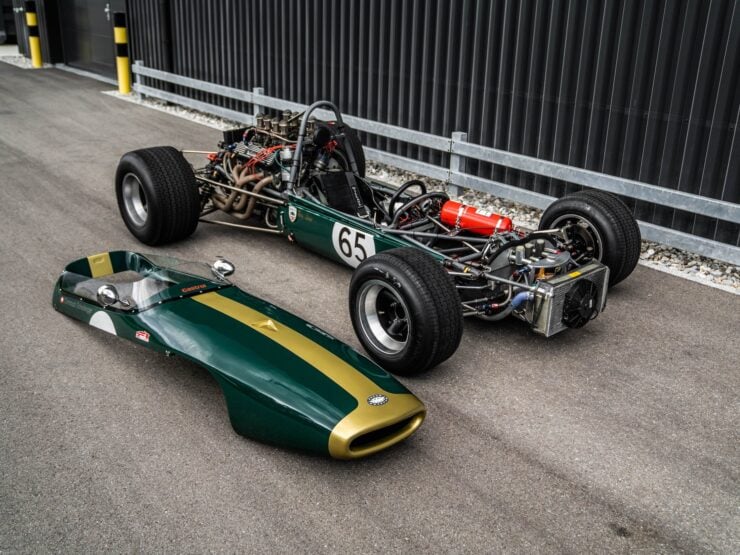

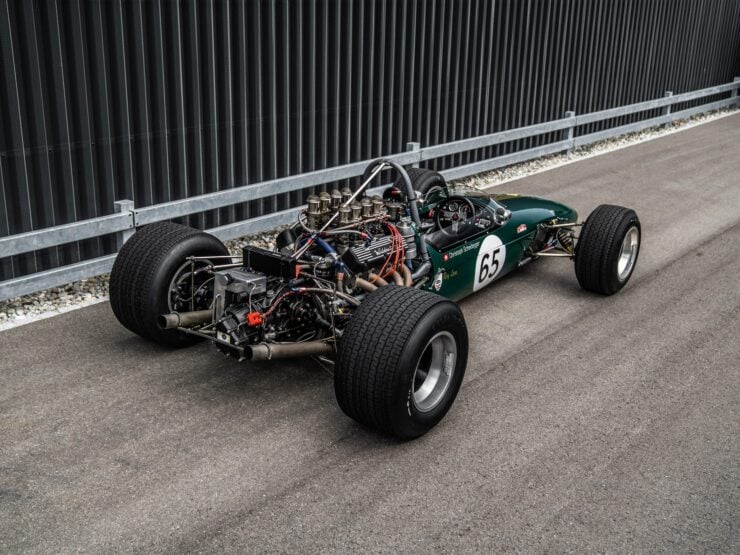
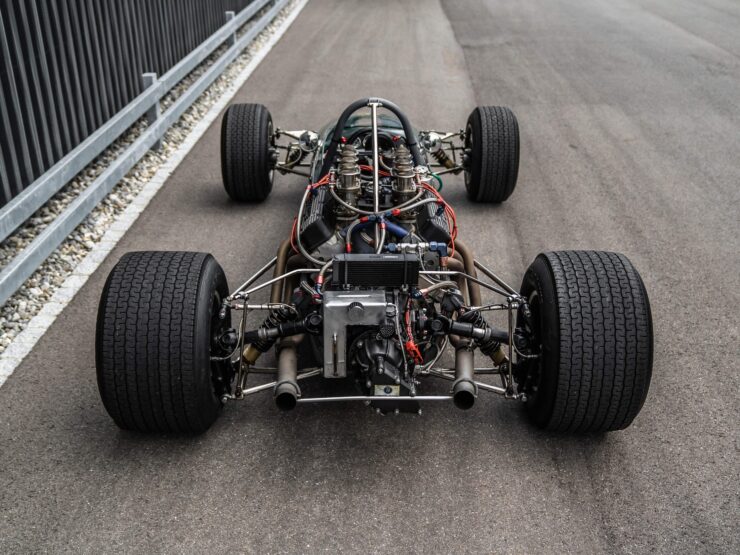
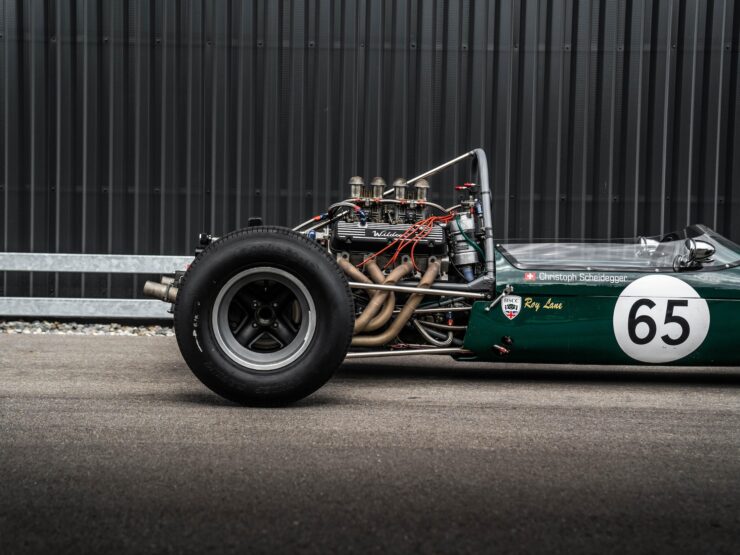
Images courtesy of Collecting Cars

